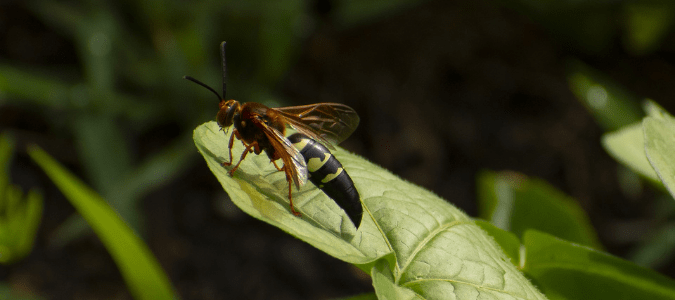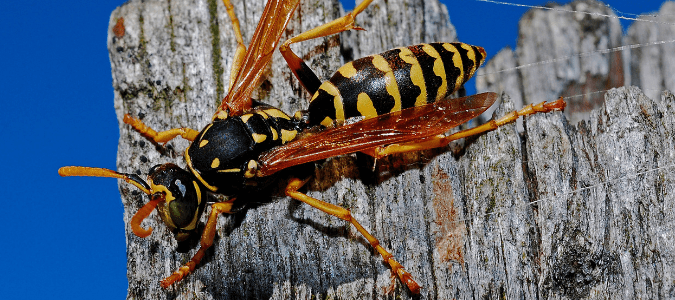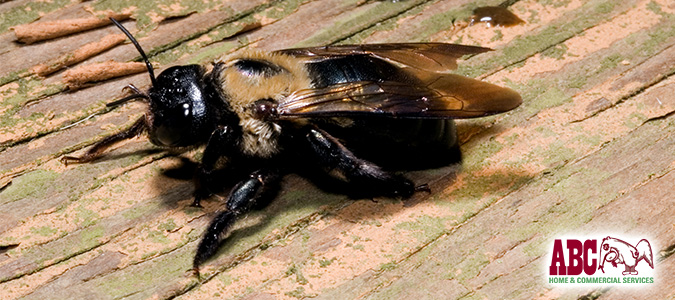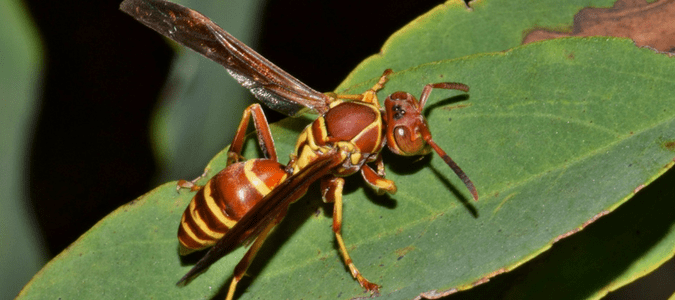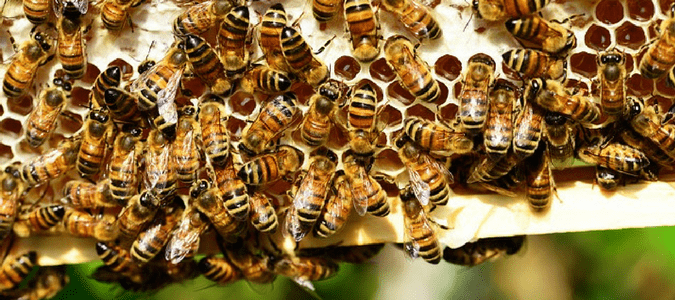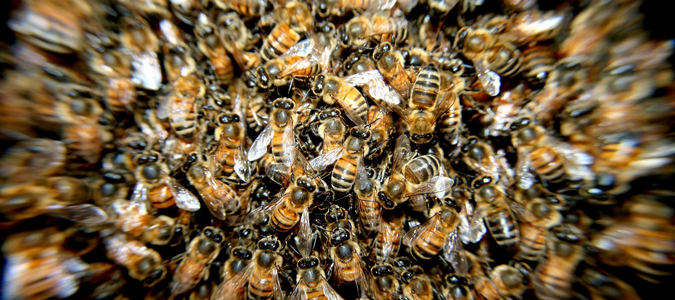Black Wasp in Texas: Identification & Control Tips
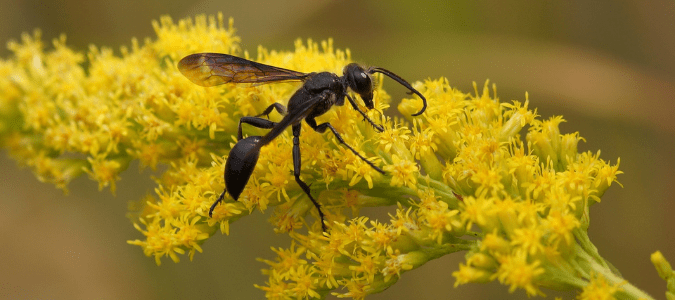
Texas is home to many different types of creepy-crawlies that sting, bite or otherwise cause trouble for people. This includes thousands—yes, thousands—of different species of wasps. One type of wasp commonly found in Texas is black wasps. True to its name, a black wasp in Texas is a flying insect with a narrow, black body, long black wings and a stinger.
Most black wasps in Texas are cricket hunters, so named because they sting crickets (or sometimes grasshoppers or katydids), drag their paralyzed bodies to their wasp nests and lay eggs on the crickets’ backs. When the wasp eggs hatch into larvae, the wasp larvae have ready meals waiting for them—the crickets.
While their reproductive habits are definitely gross, there is good news about black wasps. If you find one in or near your home, you can breathe at least a little bit easy, because black wasps are not known to be … Read Full Post »
